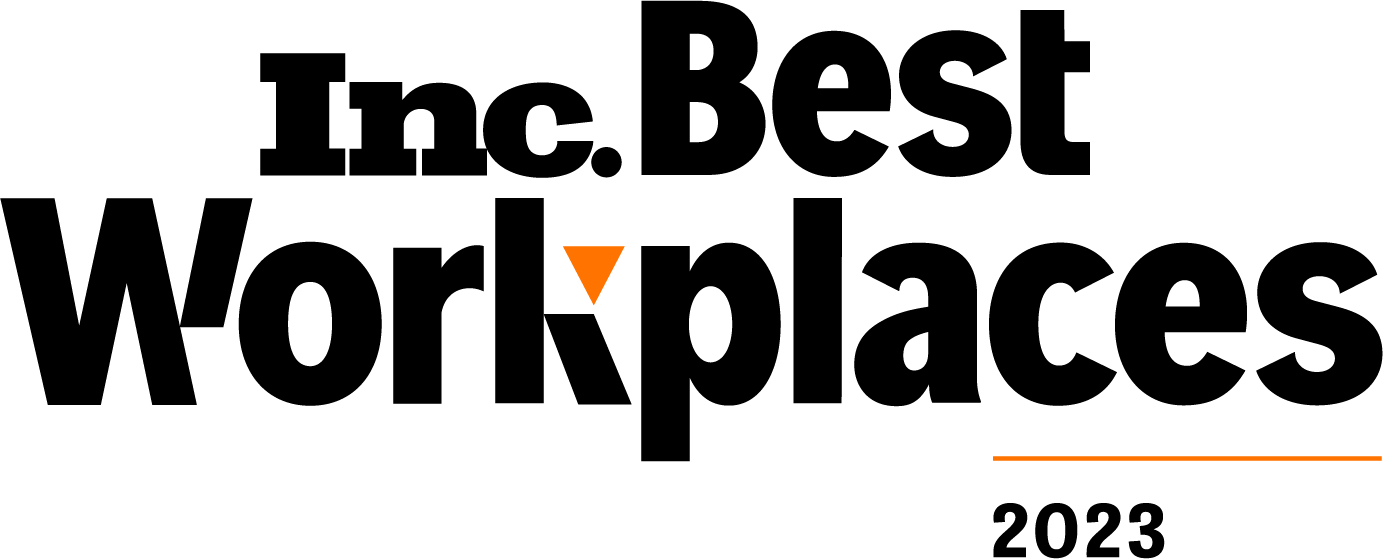
What Are CMS Documentation Requirements?
Jump to:
The Centers for Medicare and Medicaid Services (CMS) require Mandated Documents for Medicare and Medicaid Beneficiaries, which describe member benefits and provide clear and accurate explanations through standardized templates. Since requirements change annually, it’s important for payors to update these documents and relay them to plan beneficiaries to maintain compliance.
Learn more about CMS medical record documentation requirements with ProspHire.
Who Needs Required Documentation?
Any provider approved to offer Medicare- or Medicaid-sponsored plans to their beneficiaries must comply with CMS Mandated Documents.
If you are approved to offer Medicare Advantage plans, you must follow the directives of Medicare and share up-to-date CMS Mandated Documents with beneficiaries.
What Are the Required Documents for CMS?
While CMS Requirements may vary by plan type, there are generally two categories of required documentation for CMS — communications and marketing. If a document is classified as a communication, it provides information to current or prospective enrollees. Marketing materials might include intent and content intended to draw an enrollee’s attention to particular information.

Plans must submit all marketing documents and some communications to the Health Plan Management System (HPMS) for review. HPMS requires some documents to be submitted by particular dates, while others are considered file and use (F&U), meaning the plan can use the materials five days after submitting them to HPMS for review. If the review finds any discrepancies, the plan may be subject to compliance actions.
These documents include the following:
Annual Notice of Change (ANOC)
Plans must send beneficiaries an ANOC each year, usually in the fall and no later than September 30. This document will detail any changes in cost or coverage that will take effect in January of the following year and is considered F&U.
ANOC and EOC Errata
If there are errors in the ANOC or EOC, plans must provide this document to enrollees immediately after they receive CMS approval.
Comprehensive Medication Review Summary
If enrollees are in a plan’s Medication Therapy Management program, they should receive this document immediately following the comprehensive medication review (CMR) or within 14 days.
Coverage/Organization Determination, Discharge, Appeals and Grievance Notices
If an enrollee has filed an appeal or someone has filed an appeal on their behalf, plans must issue this form based on the relevant time frames.
Enrollment/Election Form/Request
Plans must provide enrollment documents on request, and these materials require an HMPS review.
Enrollment and Disenrollment Notices
Medicare has very specific requirements for enrollment and disenrollment notices. Plans can find specific information on these materials in the Medicare Managed Care Manual.
Evidence of Coverage (EOC)
In the fall, plans must also send an annual EOC document that explains what the plan will cover the following year and how much beneficiaries must pay. This document falls under F&U review requirements.
Excluded Provider Notice
Providers can be subject to penalties for using individuals or entities listed in the Office of the Inspector General’s List of Excluded Individuals/Entities. CMS also keeps a list of excluded entities on the preclusion list. If an enrollee uses a provider listed on one of these excluded provider lists, plans must present them with this notice.
Explanation of Benefits — Part C
When enrollees use a Part C benefit, plans need to provide these materials monthly or per claim with a quarterly summary.
Explanation of Benefits — Part D
When enrollees use their prescription drug benefit, often referred to as Part D, plans must provide this documentation to enrollees by the end of the month following the month when they used their benefits.
Formulary
Also known as a drug list, this communication lists the prescription drugs a plan covers. Plans must make these documents available to enrollees annually by October 15.
Low Income Subsidy (LIS) Notice
If potential enrollees are eligible for Extra Help, plans must provide this document before the enrollment effective date.
Low Income Subsidy (LIS) Rider
Plans must provide this document to current Extra Help enrollees each year by September 30.
Membership ID Cards
Plans must provide both hard and digital copies of ID cards to their enrollees within either 10 calendar days of enrollment or before the end of the month before their enrollment.
Mid-Year Change Notification to Enrollees
If there is a change to the plan rules, benefits or formulary, plans must provide notice of these changes 30 days in advance, unless otherwise stated by the specific CMS regulations.
Non-Renewal Notices
If enrollees are impacted by a non-renewal or service area reduction, plans must provide this notice 60-90 days before the end of the contract year, depending on the material.
Outbound Enrollment Verification
If the enrollee is using an agent or broker enrollment, plans must provide this outbound enrollment verification by hard copy, telephone or email within 15 calendar days of the enrollment request.
Part D Transition Letter
If a beneficiary receives a transition fill for a non-formulary prescription drug, plans must send this letter within three days of adjudication.
Pharmacy Directory
All plan enrollees must receive this pharmacy directory by October 15 for the following plan year.
Plan Termination Notices
Before reaching the plan termination effective date, plans must provide this notice by hard copy and newspaper publication.
Pre-Enrollment Checklist
Plans should provide this document alongside the Summary of Benefits (SB) before enrollment, in the same format the SB is delivered.
Prescription Transfer Letter
If an enrollee’s Part D sponsor requests to fill a prescription at an alternate pharmacy than the one they currently use, plans must send this letter in a timely manner.
Provider Directory
All plan enrollees will receive a provider directory annually by October 15 for current enrollees, within 10 days of enrollment for new enrollees and within three days for current enrollees when requested.
Provider Termination Letter to Beneficiaries
If an enrollee’s provider is no longer part of the plan’s network, plans need to notify enrollees by hard copy via mail 30 days before the effective date.
Safe Disposal Information
At a minimum of once annually, plans need to distribute information on the safe disposal of prescription drugs that constitute controlled substances, including information on drug takeback sites in the enrollee’s community.
Scope of Appointment (SOA)
The SOA form provides enrollees with the opportunity to mark which products they want to discuss, and plans must provide this via signed hard or electronic copy or telephonic recording before the appointment.
Star Ratings Document
The Star Ratings document is generated from HPMS following a standard format. Plans must provide one to enrollees before enrollment and upload the document for HPMS review within 21 days of the updated information.
Summary of Benefits
Plans must provide the SB to all enrollees annually by October 15 and submit the document for HPMS review by that date.
Disclaimers
Plans must also include any relevant disclaimers in all CMS required documents for patients.

How ProspHire Can Help
Complying with CMS document requirements often requires annual updates with the participation of various departments, which can impact an organization’s efficiency and optimization. However, failing to meet the document requirements for government programs like Medicare and Medicaid can lead to non-compliance actions like fines and member abrasion.
ProspHire can help organizations maintain compliance and streamline their required documentation delivery management systems. With resources like a Required Documents Playbook and Program Toolkit, ProspHire can help organizations create a foundational operating model to ensure plan beneficiaries receive the necessary documentation on time.
Contact us through the form below to learn how we can help optimize your required documentation processes.
Let’s have a conversation
ProspHire
216 Blvd of the Allies, Sixth Floor
Pittsburgh, PA 15222
412.391.1100
[email protected]
Quick Links
© 2024 ProspHire, LLC. All Rights Reserved / Terms of Use / Privacy Policy









